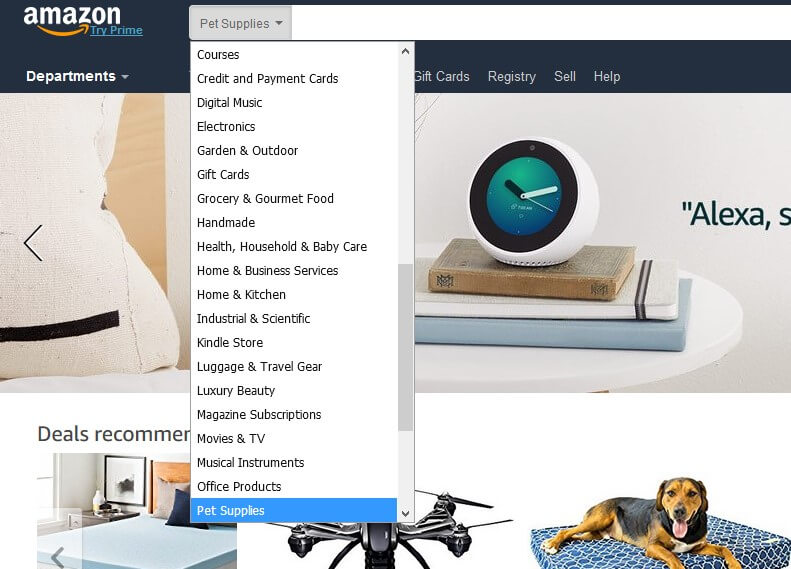SEO for Large Websites
SEO for large websites is more complicated than optimizing a site with only a few pages. Whether it is an ecommerce site, a web portal or a news site, SEO for large websites includes some unique challenges. For example, large websites often cover several topics and niches; they deal with different types of content items, and implementing the strategy usually involves lots of bureaucracy from the client’s side. On a positive note, large websites usually come with a backlink profile and a reputation.
Here we will review some of the most common SEO challenges for large websites and offer solutions.
- How to optimize every single page in websites with millions – or just ten thousands – of pages?
Slowly. Focus on a single section or a topic each time.

- How to fix a messy website’s architecture?
Take a deep breath and start organizing (or re-building) the site using this checklist:
– Keyword research: conduct a keyword research and match the website’s content, structure and URLs accordingly.
– Website’s architecture: plan a simple and accessible structure with user-friendly navigation.
– On-page SEO: create formulas for the meta-tags and internal headings for each group of pages.
– Content planning: prioritize and start creating unique content for the main landing pages, based on the keyword research.
- How to handle multiple duplicated pages?
There are two types of duplicated content commonly found in large websites (mainly large ecommerce sites):
– Duplicated URLs: when the same content can be found on different URLs, a problem usually solved by using canonical tags.
– Copied content: unoriginal content, usually products’ description taken from the brand’s site. To avoid Google penalty, it is recommended to invest in original, quality content.
- What to do with expired products?
There are several ways to deal with out-of-stock products in large ecommerce sites:
– 404 or 401 codes for products that expired permanently. Alternatively, you can create 301 redirection to similar products or the parent-category.
– 200 code with a call to action or recommendations for similar products.
– A unique section for our-of-stock products.
– 302 redirection for temporarily unavailable products, redirecting to the most relevant category, until the products returns to the stock.
- How to navigate through the corporate bureaucracy?
In large SEO projects, it would be usually more difficult to get the client to approve your recommendations, and even more difficult to get technical staff to implement them.
Here, the best option will be to the try and collaborate with them, explain the rationale behind your recommendations and its importance, learn from them about their limitations and find a way to work together.



